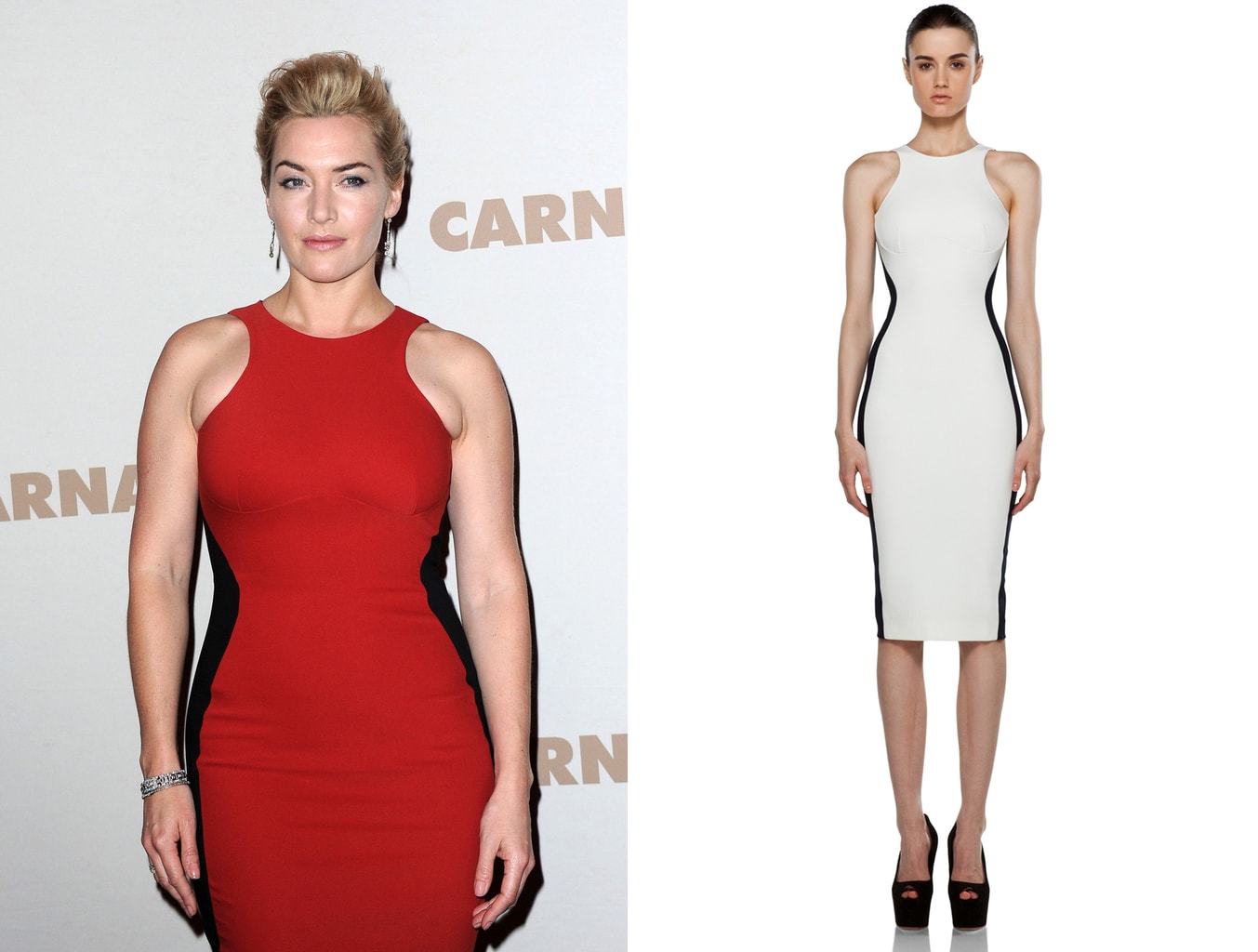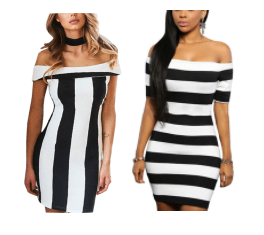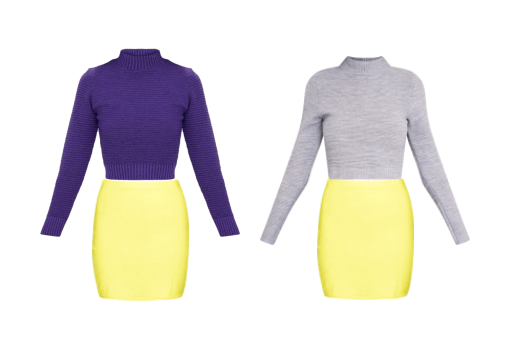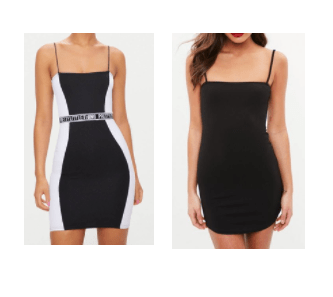
Science is about more than just memorizing equations and using formula sheets. It’s a way of exploring and discovering things about the world around us. It can be learned by anyone, anywhere – and it can teach you a lot about style.
Over the next few months, I’m going to be explaining how science can apply to your wardrobe and showing you the places in which fashion and science intersect. (It’s more places than you think!)
Last time, we talked about the golden ratio in fashion. Today, I’ll be explaining the science of optical illusions, and how you can use them to your advantage in fashion. Curious? Keep reading!
Table of Contents
Abstract:
It turns out that what you see might not be at all what you actually get. To understand why, it’s important to understand some basics about how your eye and brain work together to create your vision.
Your eye takes in light reflected off of objects around you, and uses a lens to focus them onto light-sensitive cells at the back of your eye in a membrane called the retina.

Rods are sensitive to small amounts of light, and primarily contribute to your ability to see moving objects; while cones are sensitive to different wavelengths of light, meaning that they are solely responsible for your ability to see color. They also have much greater resolution of detail than rods, and are mostly located in the very center of your retina. As a result of the difference between rods and cones, you only have color vision in the very center of your visual field – but I bet you’ve never noticed that before!
From the retina, signals are carried via the optic nerve to the brain. They are focused into an area at the back of your head, known as the occipital lobe – which is almost solely reserved for vision. In this area, different elements of the visual signals – such as colors, shapes, lines, and location – are interpreted.

One interesting quirk about this signal conduction is that it typically crosses before it reaches the visual area – in most people, the information taken in by their right eye is deciphered by the left half of their brain, and vice versa.
Once your occipital lobe has decoded all of the visual signals, it sends the resulting information to the other areas of the brain, so that you can classify what you see (such as noticing that you’re looking at your room), make note of new information (such as that you see your roommate looking around wildly), and act on it (such as telling her that you see her glasses on the table). However, all this processing happens so fast, that you’re not consciously aware of any of it happening.
Now that you understand a bit about vision, let’s talk about what happens when your brain receives unusual visual information.
Methods:
Figure 1: Filled Extent
Observe these two similar dresses. How do they catch your eye?

This is due to something called the Helmholtz illusion – which is that a square made up of vertical lines will actually seem wider and shorter than a square made up of horizontal lines – and a dress with a vertically striped pattern will seem wider and shorter than a dress made of a horizontally striped pattern. So you can use this to your advantage to achieve whatever look you like.
The Helmholtz illusion is due to something called filled extent – shapes seem bigger when they are filled (in this case, striped) than when they are solid. Although the reason for this is not fully understood, it has to do with the way that your brain tries to ‘make sense’ of visual information: because it does not have all of the information, there are certain rules determined to make the best possible guesses about what is actually there. In this case, the rule makes it so that the more detail an object has, the larger it must be.
Just like wearing a solid color for its ‘minimizing’ purposes, the property of filled extent means that horizontal stripes will actually make you look taller, while horizontal stripes can help emphasize your curves.
Figure 2: Color Constancy
Which of these skirts looks lighter in color?

As you might have guessed, this is actually the exact same skirt shown twice, but contrasted with different colored sweaters. However, the skirt paired with the purple sweater looks more pastel than the skirt with the grey sweater.
This has to do with a phenomenon known as color constancy. Because solid objects do not change color, even though they may be in different lighting, your brain determines what color something is based on the colors that are around it. This means that an apple is red at noon as well as at dusk, but it means that sometimes an object might look like it’s different colors based on what is around it. Pairing something bright with other light and bright colors will make it seem more subdued, while pairing it with darker or less saturated colors will make it seem brighter.
This process is also to blame for “the dress” from a few years back – the reason why people disagree with its color, is because the rest of the image doesn’t give any cues to your brain as what kind of light is around it. There’s no trick, it’s just because of color constancy!
Figure 3: Shading Illusions
Consider these two dresses. Did you do a double-take at the first one?

Your brain has to do a very difficult job – figuring out what shape things are, based only on a 2D image of them. To do this, it makes use of many visual cues, such as how things are overlapping, and how they are shaded. However, they’re incomplete, and so objects can seem to be in a different size, shape, or order than they actually are.
The famous Stella McCartney “miracle dress” (seen at the top of this article) is one such example, made famous for its figure-altering properties.
You can find items of clothing, like the dress above, that change your shape using simple geometry. These clothes often have subtly different colored sections or color blocks that disrupt your outline, and suggests a different one instead. Use this to look however you’d like – it’s totally up to you!
Results:
Do some of your favorite outfits involve tricking the eye?
Let’s submit this to peer review – tell me what you think in the comments below!

Thank you
“…the property of filled extent means that horizontal stripes will actually make you look taller, while horizontal stripes can help emphasize your curves.”
Just a heads up, you said horizontal twice!